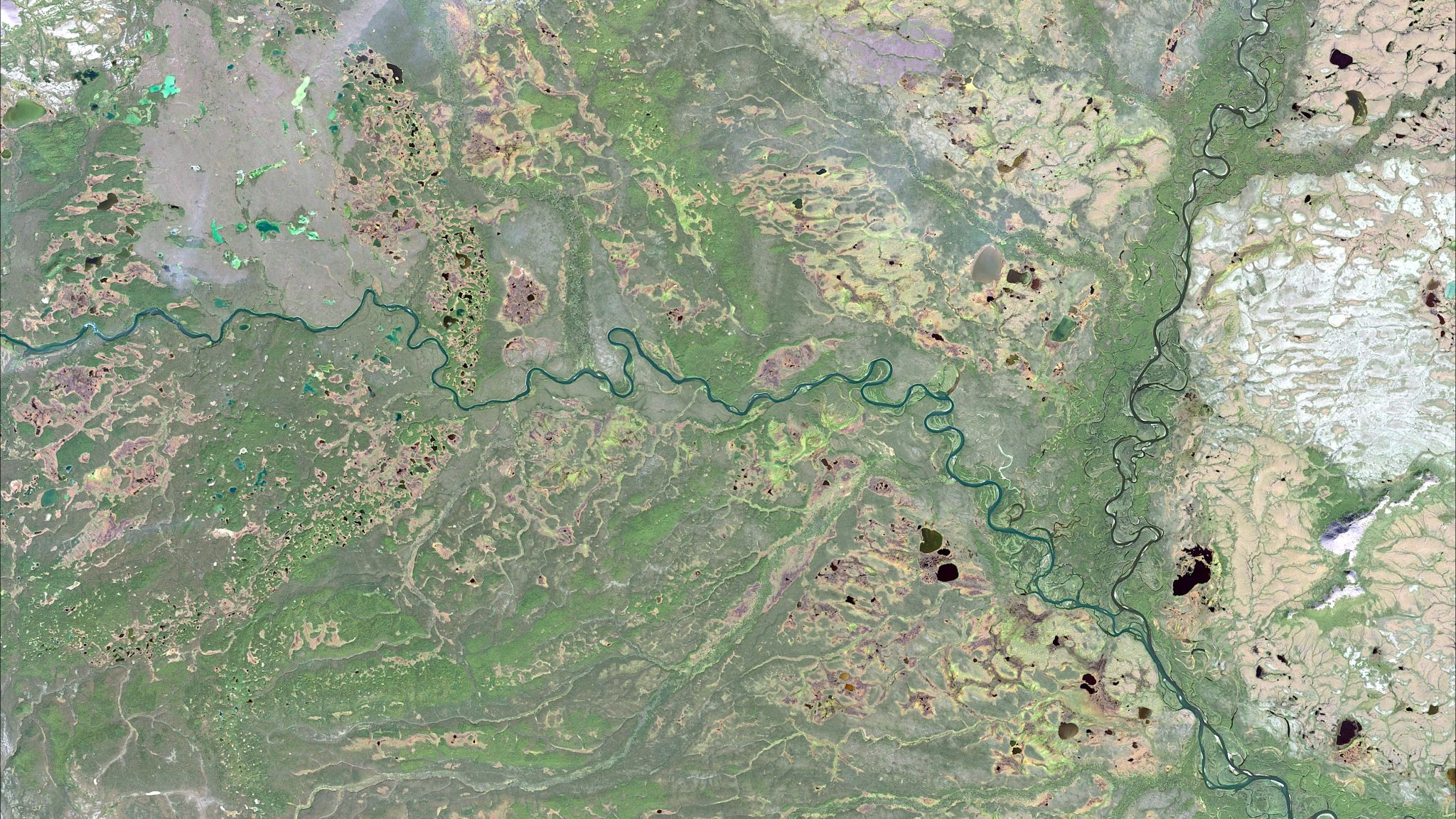Innovative Trends in Environmental Impact Assessments: What to Expect
Introduction to Innovative Trends
Environmental Impact Assessments (EIAs) are crucial in evaluating the potential effects of projects on the environment. As the world increasingly prioritizes sustainability, innovative trends are reshaping how EIAs are conducted. These advancements aim to make assessments more efficient, comprehensive, and accurate. Understanding these trends is essential for stakeholders involved in environmental planning and policy-making.
In recent years, technology has played a transformative role in enhancing the effectiveness of EIAs. From the integration of artificial intelligence to the use of big data, these developments are setting new standards in environmental management.

AI and Machine Learning in EIAs
One of the most significant innovations in EIAs is the application of artificial intelligence (AI) and machine learning (ML). These technologies enable the analysis of vast datasets, providing insights that were previously unattainable. AI can predict environmental impacts with greater accuracy by identifying patterns and correlations in data that humans might overlook.
Machine learning models are particularly beneficial for modeling complex ecosystems. They can simulate various scenarios, offering a more dynamic understanding of potential environmental repercussions. This helps decision-makers to anticipate challenges and devise more effective mitigation strategies.

Big Data and Environmental Monitoring
The rise of big data has also revolutionized environmental monitoring within EIAs. With the ability to collect and process extensive datasets from diverse sources, assessments can now incorporate more comprehensive environmental data. This includes real-time data from sensors, satellite imagery, and historical records.
This wealth of information enhances the precision of EIA reports, providing a more detailed picture of environmental conditions. It also allows for continuous monitoring, ensuring that any deviations from expected impacts are quickly identified and addressed.
Remote Sensing and GIS Technologies
Remote sensing and Geographic Information Systems (GIS) are becoming indispensable tools in modern EIAs. These technologies provide spatial data that is crucial for assessing large areas without the need for extensive on-ground surveys. Remote sensing offers high-resolution imagery that can detect changes in land use, vegetation cover, and other critical environmental parameters.

GIS technology allows for the integration and analysis of this spatial data, enabling a more nuanced understanding of environmental impacts. It aids in visualizing potential effects, making it easier for stakeholders to comprehend complex information and make informed decisions.
Public Participation and Transparency
Another emerging trend in EIAs is increased public participation and transparency. Digital platforms are facilitating greater stakeholder engagement by providing access to EIA documents and encouraging community involvement. This transparency helps build trust among stakeholders and ensures that diverse perspectives are considered in the decision-making process.
Through online platforms, communities can provide valuable input during the assessment process. This collaborative approach not only improves the quality of assessments but also fosters a sense of shared responsibility in environmental stewardship.

Sustainability and Climate Adaptation
The focus on sustainability has led to EIAs incorporating climate adaptation measures. Assessments now frequently evaluate a project's resilience to climate change, considering factors such as extreme weather events and long-term ecological changes. This proactive approach ensures that developments are not only environmentally sound but also prepared for future climate-related challenges.
Integrating climate adaptation strategies into EIAs supports sustainable development goals, helping to balance economic growth with environmental preservation. By anticipating climate impacts, projects can be designed to minimize risks and enhance their long-term viability.
Conclusion: The Future of EIAs
As these innovative trends continue to evolve, Environmental Impact Assessments are set to become even more robust tools for sustainable development. Embracing these advancements will be crucial for organizations and governments committed to responsible environmental management.
By leveraging cutting-edge technologies and fostering greater collaboration, EIAs can effectively guide projects toward a more sustainable future. This evolution not only benefits the environment but also supports economic and social well-being for generations to come.